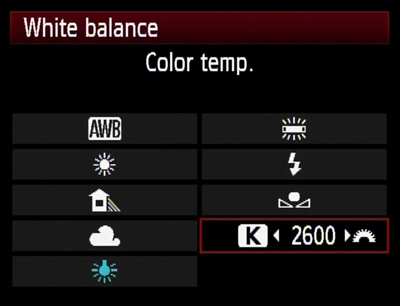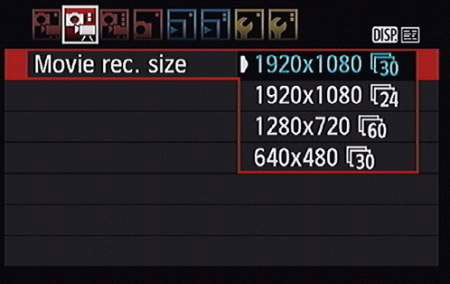Reminders and Due Dates
Class on Monday next week (March 4) will be an editing and production day.
The rough cut of the visual poem will be due March 6, which is next Wednesday. The final cut will be due March 18.
Class on Monday next week will be an editing and production day.
Discussion: 20 Days in Mariupol
Let’s go over your thoughts on the film. How did it fit within the storytelling frameworks we talked about last class?
Longer-form Filmmaking
It’s an exciting time in the documentary filmmaking world, especially with streaming sites getting in on the game and producing and distributing so many buzzy, prestige, high-production-value feature-length docs and docu-series. Think about how many documentaries in recent months and years have been talked about around the dinner table: Leaving Neverland, the R Kelly documentary, Wild Wild Country, Abducted in Plain Sight, The Ted Bundy Tapes, Icarus (about Russian doping in the Olympics).
In this class, you have been learning to do things more or less “one-man-band” style. On a well-funded documentary project, there are more roles available: DP (director of photography), B camera operator, lighting technician, sound technician, producer, editor, etc. If you continue pursuing this field, you may find that there’s something in particular you are drawn to. Maybe you love shooting but hate editing, or vice versa. Maybe you’re a fantastic ideas person and extremely good with people and making things happen, but not as strong with the technical parts of filmmaking.
All that said, there are still plenty of documentary films out there being made by one person.
Benefits/costs of working alone vs. with a team?
Cartel Land: A film made mostly by one guy filming alone for nine months.
“As someone who [is] a director and a producer, and also shoots themselves, it makes it a lot easier to just jump in because I don’t have to necessarily raise money,” Heineman told IndieWire in a panel discussion at the Sundance Film Festival, where his first film “Ghosts” premiered. “Canon was very supportive of me — [they] give me a camera to help shoot this, so it was very easy to just dive in and start making this.”
Feature-length documentary shot by one woman: First to Fall
Interview with filmmaker Rachel Beth Anderson:
While there seems to be no shortage of cursory stories from the front lines of recent Middle Eastern conflicts, filmmaker Rachel Beth Anderson decided to dig deeper. During the Libyan uprising the duo smartly embedded themselves not with emotionally inaccessible military units but with two Canadian students – friends who cast away their safe and secure western lives to take up arms in the fight to overthrow their homeland’s dictator. The resulting documentary “First to Fall” is an unflinching look not just into the struggle that would eventually oust Gaddafi, but a cinematic, exacting account of how war turns boys into men.
Lauren Wissot: So how did this doc come about in the first place? How did you meet Hamid and Tarek?
Rachel Beth Anderson: I had been living and working in Cairo as a journalist prior to the Arab Spring. When the Egyptian uprising began in 2011 I found myself filming my own friends as they turned from everyday civilians into revolutionaries. Their world as they’d known it was quickly consumed by protests, teargas, and risking their own livelihoods for the hope of a better future. I was fascinated by how quickly they rose to this “call to action,” never wavering as the danger increased, until the current dictator was removed and they were celebrating what they felt was a victory at the time.
It seemed natural to me that I should cover the next country, which happened to be Libya, where everyday people were rising up. Following the youth in Libya was an entirely different experience than in Egypt, because they weren’t just battling teargas, but were up against Gaddafi’s army who had turned his guns on his own people. Specifically, I found myself fascinated with stories such as that of my main protagonists, Libyan expatriates Hamid and Tarek. They were young men my age, studying at university like I did, living a free and comfortable life – and had felt it their personal duty to give up everything, travel thousands of miles, and go to war as untrained soldiers. I knew they would be the perfect individuals to help reach audiences beyond the borders of Libya. Tarek was incredibly sweet and he always felt it was his responsibility to help me tell the story of Libya, and Hamid had one of those strong and silent personalities that magnetized the other young fighters – everyone flocked to be around him. He took on the role of big brother to Tarek, and you could immediately tell there was something to take from these young men who idealistically wanted to create change as freedom fighters, but hadn’t yet considered the outcome.
How do these kinds of solo independent doc films get made, financially speaking?
Depends on the film. If it’s a passion project and the filmmaker has the access, equipment, and time, they might be able to do most of it themselves. Or the filmmaker may start off covering expenses themselves, and then once they have enough footage to show people, they cut together a “sizzle reel” and either crowd-fund it on something like Kickstarter, or they apply for grant funding, find a private donor, team up with a production company, etc.
Example of verite filmmaking: Flint Town



